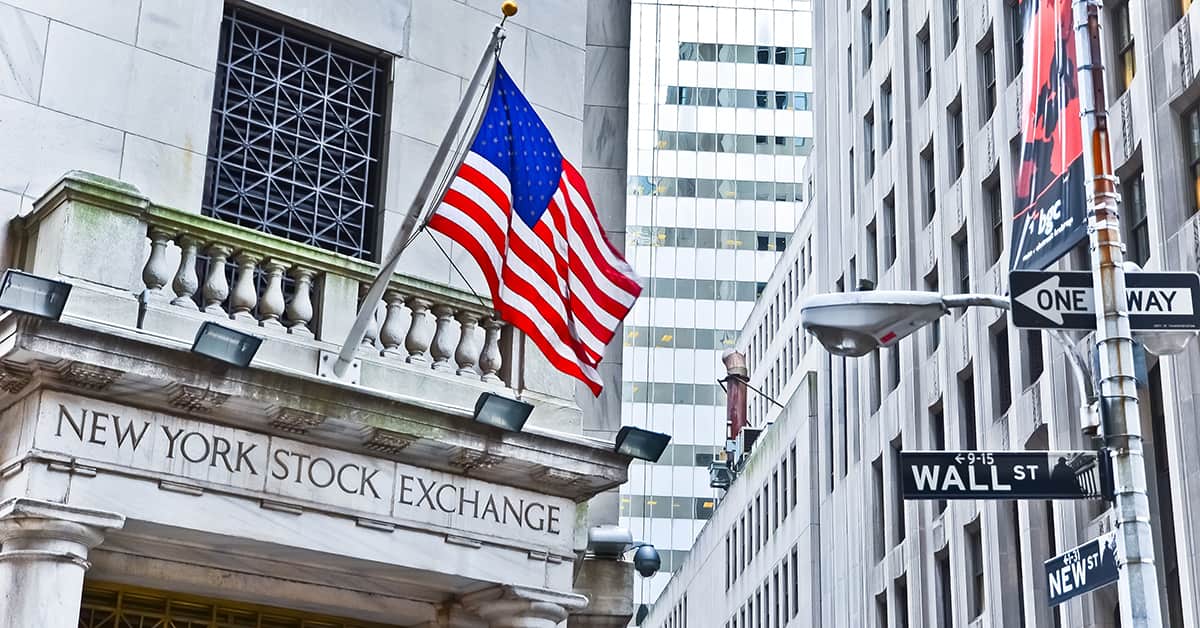The 'Big Six' beat forecasts but a closer inspection of earning results shows trouble ahead.

The long-awaited first-quarter earnings season painted a mixed picture for the global financial sector, with many predicting the worst may be yet to come.
Looking at the headline figures, almost all of the ‘Big Six’ US banks beat analysts forecasts.
Driven by stellar trading activity, Goldman Sachs largely topped expectations, with revenue reaching almost $13 billion.
Morgan Stanley, JPMorgan Chase and Citigroup also reported better-than-expected results, largely thanks to a strong trading season. Morgan Stanley earned revenue of approximately $14.8 billion, and JPMorgan Chase posted a $8.3 billion profit. Citigroup earned $19.2 billion in revenue.
Bank of America’s $7.07 billion profit and Wells Fargo’s $3.7 billion earnings also exceeded forecasts.
However, upon deeper inspection, the results of the ‘Big Six’ US banks are not as rosy as they may first seem.
Goldman Sachs’ investment banking revenue fell by 36% to $2.4 billion in the first quarter, as a result of lower fees and a decline in equity and debt issuance.
Morgan Stanley predicted disappointing earnings for the rest of the year, and its net income of $3.7 billion was 8% lower than last year.
JPMorgan Chase’s earnings were above forecast, but dived 42% compared to the year before due to Russian sanctions. The bank is setting aside funds for future sanctions-related risk.
Citigroup’s profit almost halved, with a fall of 46% year-on-year, to $4.3 billion, because of higher expenses and lower revenue.
Bank of America’s earnings declined 12% on a yearly basis, and its investment banking fees fell 35%, to $1.5 billion.
And because of a slowdown in mortgage lending, Wells Fargo slightly underperformed on revenue, with it profits falling by almost 30%.
Many strategists fear a dubious future may loom on the horizon. Four-decade high inflation levels and quickly rising interest rates are keeping investors on edge. Financial market volatility and the war in Ukraine are also heavily weighing on financials, as are supply chain woes and a slowdown in IPOs and merger activities, which flourished in 2021.
Most global observers believe that an impending downturn could impact banks’ lending activity and squeeze their net interest margins. Market volatility could also hurt.
Other observers, however, do not paint such a grim picture. “There are a lot of uncertainties, but core underlying trends were quite solid and did not give much ammunition for recession watchers,” explains Jesse Rosenthal, head of US Financials at CreditSights. “Credit quality is strong with no real signs of stress. Of course, things may well change with persistent inflationary pressures and how well the Fed can manage the trade-off between price stability and full employment. But for now, operating conditions for the US banks still look bright.”



